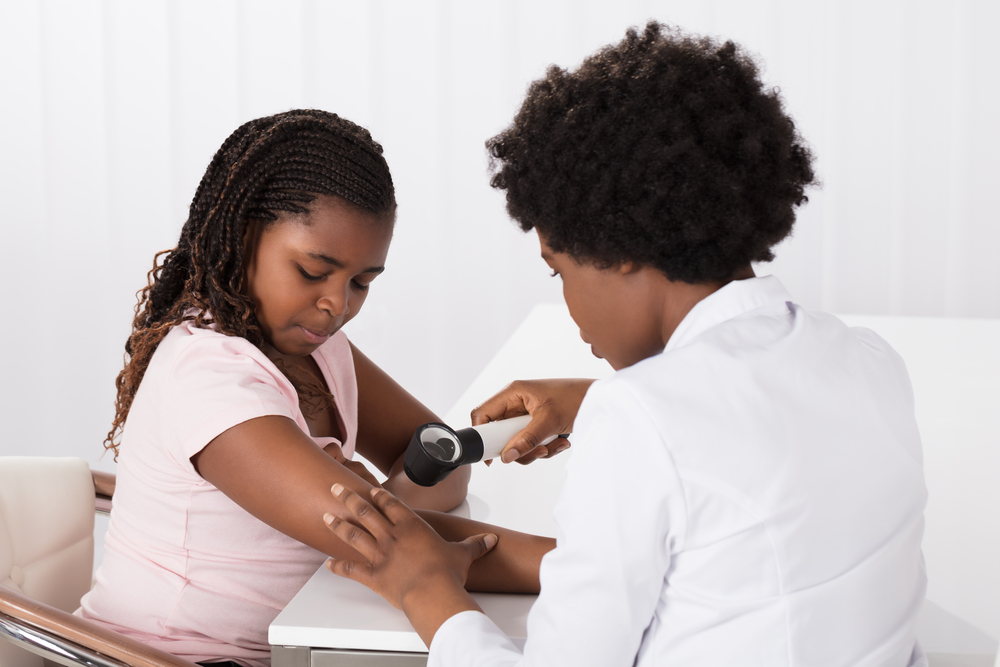How to Recognize Shingles and Seek Prompt Treatment
Learn to identify shingles early, recognize its symptoms like rash and pain, and understand the importance of prompt medical treatment. This article explains causes, signs, diagnosis, and complications of shingles, emphasizing early intervention to prevent serious health issues, especially for older adults and immune-compromised individuals.

How to Recognize Shingles and Seek Prompt Treatment
Understanding how to identify shingles for timely medical intervention
Shingles is a painful skin condition caused by the reactivation of the chickenpox virus. It presents as clusters of rashy patches and blisters on the skin. Although there’s no cure for shingles, early detection allows effective management, reducing the risk of complications and speeding recovery.
What leads to shingles?
Vaccinations like the smallpox vaccine have reduced the incidence of certain viral diseases. However, illnesses like chickenpox remain common. If you had chickenpox as a child, the virus stays dormant in your nervous system. As you age, especially after 50, the dormant Varicella Zoster virus can reactivate, causing shingles.
Signs of shingles include burning or stabbing pain on one side of the body or face, often before rash appearance. The rash starts as red patches that develop into blisters and can be itchy or painful. People over 50 with a history of chickenpox should watch for these symptoms. Both vaccinated and unvaccinated individuals can be affected if exposed to an infected person. Consulting a healthcare provider quickly is crucial for proper diagnosis and treatment.
Shingles rash symptoms can resemble other skin issues like dermatitis or insect bites. Confirmatory diagnosis is often straightforward for doctors, especially if accompanied by systemic symptoms such as fever or headache. High-risk patients, including those with weakened immune systems or on immunosuppressants, may require laboratory tests for confirmation.
Blood antibody test - Detects immune responses to the chickenpox virus but may not differentiate between past and current infections.
Virus identification test - Involves taking samples from skin blisters or fluids to confirm the presence of the Varicella Zoster virus.
Early treatment is essential to prevent serious chances of complications:
Seek medical advice immediately if shingles is suspected. The rash can last up to a month but can lead to additional issues.
If rash appears near your eyes, it can threaten your vision, causing inflammation, scarring, or glaucoma.
Involvement of the ear area may cause Ramsay Hunt syndrome, affecting hearing and facial movement.
Persistent nerve pain, known as postherpetic neuralgia, may linger even after rash resolution.
Shingles presents with severe pain, itching, and visible blisters. Infected blisters may require antibiotics. Recognizing rash images early and consulting a healthcare professional promptly with antiviral therapies can help control the outbreak, reduce discomfort, and prevent complications.










